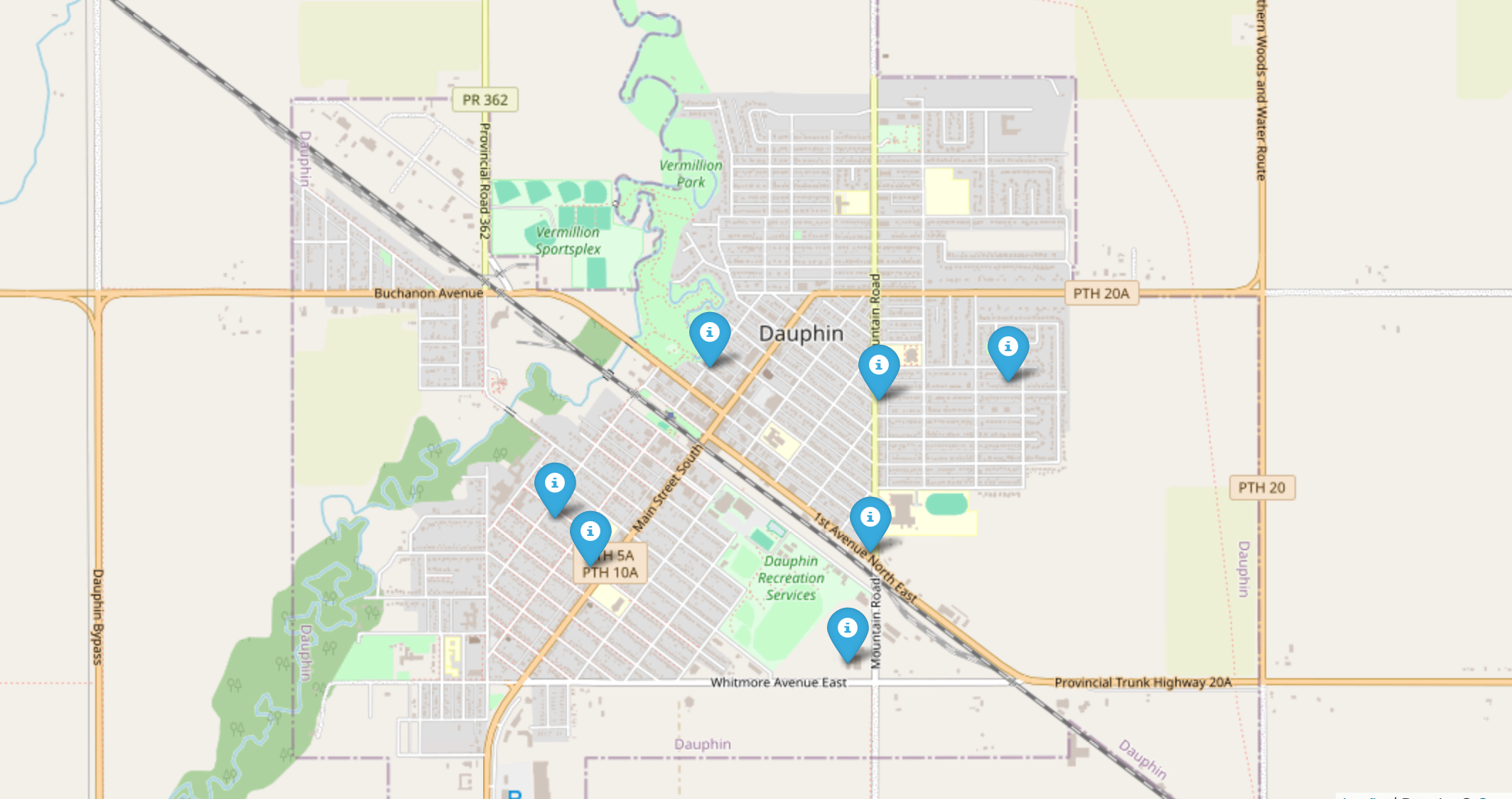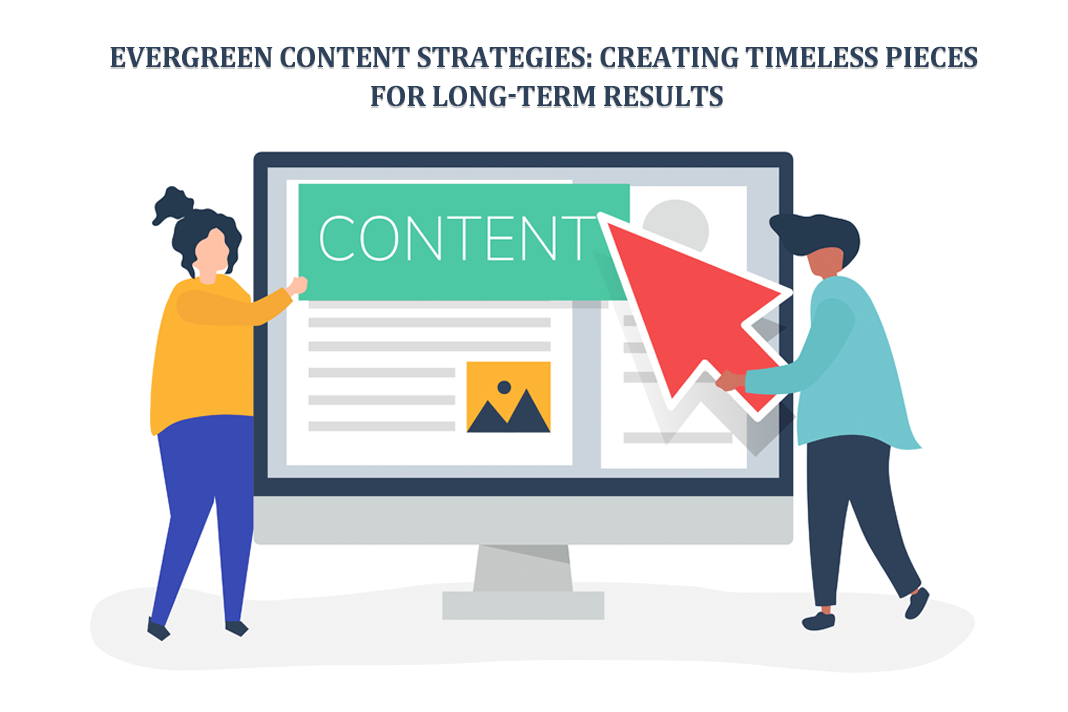Why Responsive Web Design is Essential for Mobile Optimization in Canada
In today’s digital world, smartphones and other mobile devices have become an integral part of our lives. According to Statista, the number of mobile users worldwide is expected to reach 7.33 billion by 2023. This presents an excellent opportunity for businesses to optimize their websites for mobile users. Responsive web design is the solution to ensure that your website looks great and functions well on any device. In this post, we will discuss responsive web design in Canada and how to optimize your website for mobile.
What is Responsive Web Design?
Responsive web design is a design approach that allows a website to adapt its layout and content to fit the screen size of any device. This includes desktops, laptops, tablets, and smartphones. Responsive web design ensures that your website is accessible and usable on any device, providing a better user experience for your visitors.
Why is Responsive Web Design Important?
There are many benefits of having a responsive website, including:
Improved User Experience: A responsive website provides a better user experience by adapting to the user’s screen size, making it easier to navigate and use the website.
Increased Mobile Traffic: With more people using mobile devices to access the internet, having a responsive website will increase your mobile traffic.
Higher Search Engine Rankings: Having a responsive website can be beneficial for search engine rankings as search engines like Google tend to prefer them over non-responsive websites. Additionally, other positive factors that can have an impact on search engine rankings include easy accessibility, user-friendliness, and minimal use of interstitials.
Lower Bounce Rates: A responsive website reduces bounce rates as visitors are more likely to stay on the website if it is easy to use and navigate with fast loading times.
Cost-Effective: Having a responsive website eliminates the need for multiple websites, reducing costs and saving time. (A website that will scale to different sizes)
How to Optimize Your Website for Mobile
Use a Responsive Design: Use a responsive design approach to ensure your website adapts to any screen size with proper viewport sizes and break-points. Most current dated themes do have responsive designs.
Make navigation easier for users by simplifying the navigation menu. This can be achieved by using a drop-down or hamburger menu and limiting the number of clicks or depth of items in the navigation. Using the KISS metric (Keep It Simple Stupid)
This makes it easier for visitors to navigate your website on mobile devices.(reduce or limit Javascript for navigation)
Optimize Images: Optimize your images for mobile devices not only by reducing their file size but also the image size and ensuring they load quickly. (Google prefers Webp image format)
Use Large Font Sizes: Use large font sizes to ensure your text is easy to read on mobile devices.
Conclusion
Responsive web design is essential for any website that wants to provide a great user experience to its visitors. It ensures that your website looks and functions well on any device, providing a seamless user experience. By optimizing your website for mobile, you can increase your mobile traffic, improve your search engine rankings, and reduce bounce rates. Follow the tips above to ensure your website is optimized for mobile and provides a great user experience for your visitors. If you need help, contact us today.







